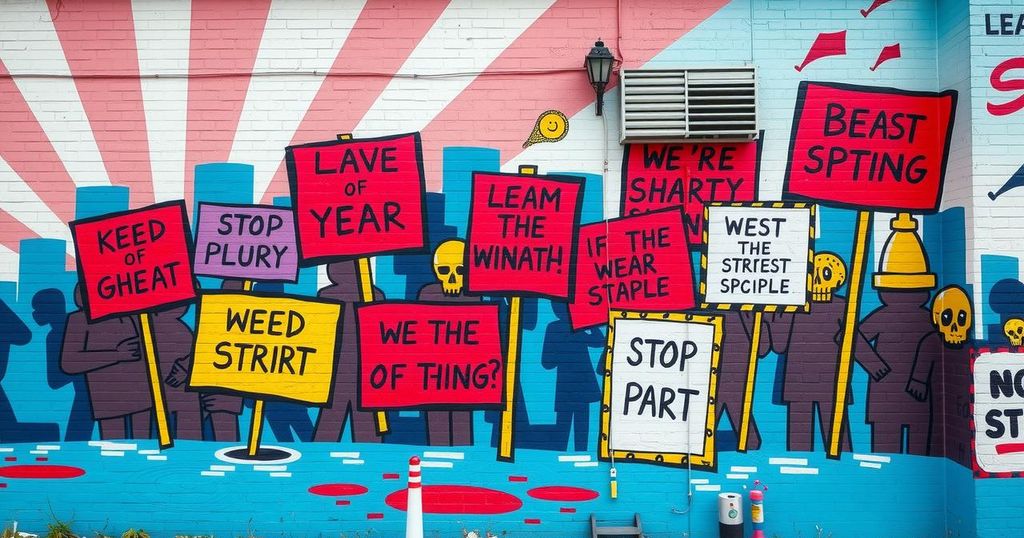Iran is experiencing widespread protests due to economic hardship and the devaluation of the Rial. The currency has hit record lows, prompting public outcry over wage issues, job security, and living conditions. Protests have erupted in various cities involving key sectors and job seekers, showcasing growing discontent amidst ongoing political and economic challenges.
Iran is currently witnessing a surge of protests as economic difficulties, exacerbated by the devaluation of the Iranian Rial, ignite widespread public discontent. The currency has plummeted to historic lows, with the US dollar reaching 95,300 tomans and gold priced above 79 million tomans. This economic crisis intensified after Supreme Leader Ali Khamenei reiterated his opposition to negotiations with the United States, creating further market uncertainty amid existing economic pressures stemming from prolonged US sanctions.
The public’s frustration is manifesting in protests across various Iranian cities, where citizens demand wage increases, overdue payments, and job security. Notably, workers from critical sectors, including energy and healthcare, have initiated strikes to voice their grievances regarding declining living conditions. Additionally, university employees and job aspirants have joined the protests, expressing their dissatisfaction over wage disparities and diminishing employment prospects.
The situation in Iran illustrates a significant correlation between economic hardship and social unrest. The devaluation of the Iranian Rial, alongside escalating prices and stagnant wages, has instigated widespread protests across the nation. Citizens are increasingly vocal about their demands for improved economic conditions, signaling a crucial need for effective policy responses to address the financial instability and political stagnation that have precipitated this unrest.
Original Source: shafaq.com






